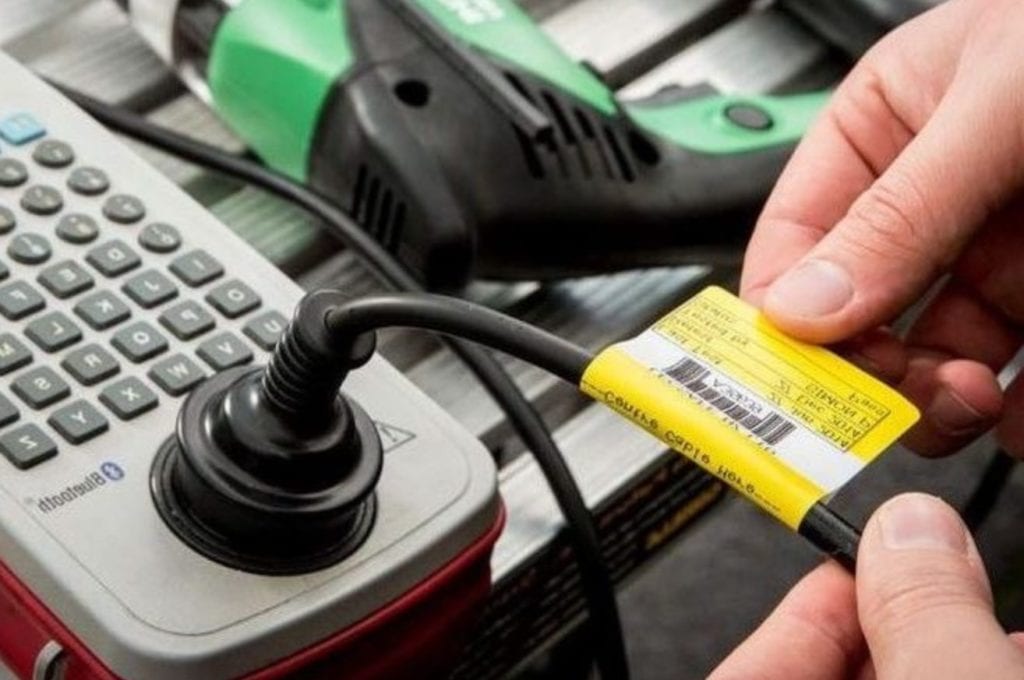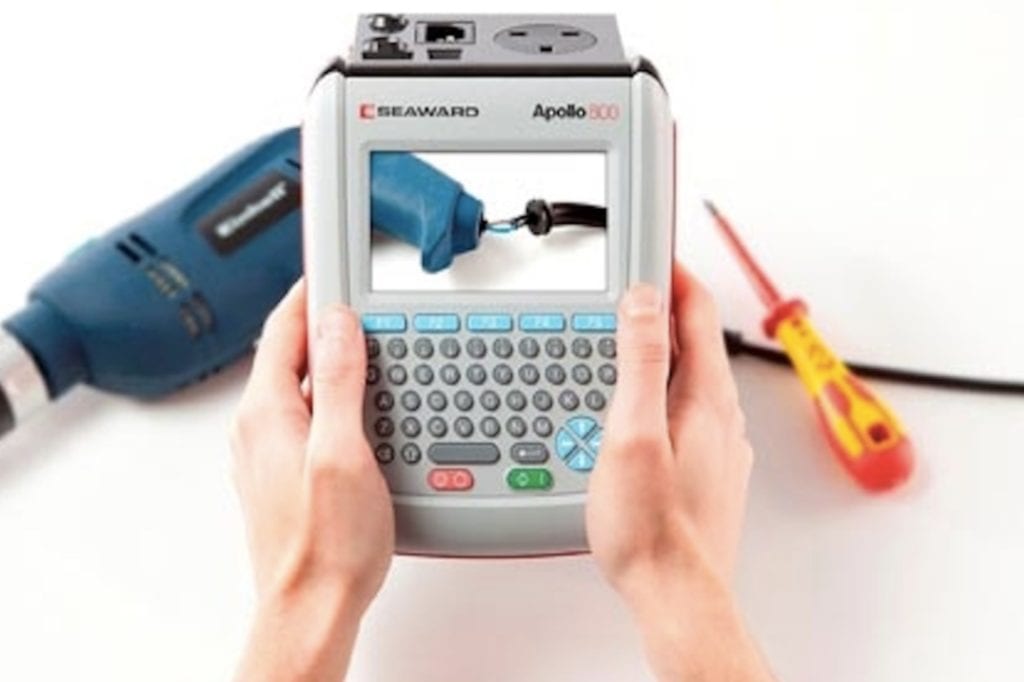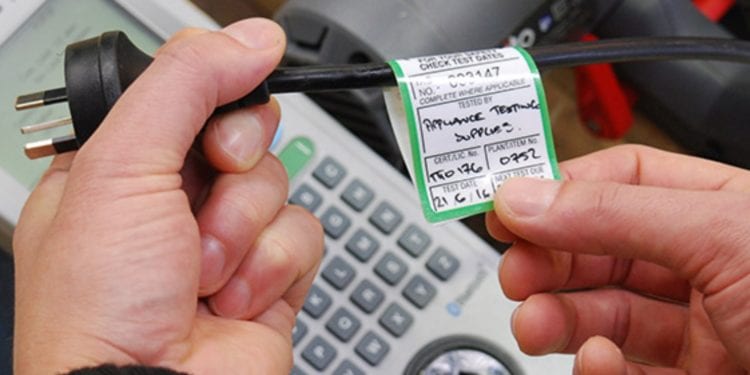If you have ever bought an electrical appliance, then you have already done a test and tag process. While you may not know it, it happens with every electrical appliance purchase. So what is a test and tag?
A test and tag are going to be the name that has been given to checking the safety of your portable electronic appliances. It is actually a two-part sequence that involves you first visually inspecting whatever the appliance may be for any type of damage. The second part is going to be an electrical test to make where the appliance is still in working condition. The test that is administered is known as a Portable Appliance Tester.
Once an appliance is tested, it is then going to be placed into a specific group that will either confirm that it has been tested or that it hasn’t. Along with that, it is also going to show who, when, and how it was tested. As if that weren’t enough, there is also going to be a next test date assigned to that particular appliance.
Who Needs Testing and Tagging?
There are going to be certain industries such as demolition, construction and mining that are pretty much required to have certain appliances that are tested and tagged every three months by law. This is only because these particular industries are going to rip through equipment much faster than just about any other industry you can think of.
Other than these particular industries, the entire testing and tagging industry is going to be a non-legislative requirement that nobody really gives two thoughts about. With that being said, the employer is still responsible for making sure that all of the employees are safe, meaning that if anybody on the payroll is injured by an appliance that was not tested and deemed unsafe, they are more than likely going to be found liable. Because of this particular law, most employers make sure to have all their portable electrical appliances tested on a regular basis according to https://www.electricaltesting.com.au.

Who are Testing and Tagging?
The biggest misconception within the industry is that you must be a certified electrician in order to test and tag an appliance. However, according to several different agencies, as long as you are considered to be a ‘competent person’, you are also able to test and tag as long as you are in Australia. All you actually need to do is to take a simple course so that you acquire all of the knowledge that you are ever going to need when it comes to testing and tagging.
When it comes to becoming a person, who tests and tags appliances, it is not as easy as most people think it is. They not only need to go through a very specific training class, but they also need to know how to be subjective and take each case on a situation by situation basis. Just know that testing and tagging are essential duties that need to be done in order to keep your appliances safe.
What Specific Types of Appliances Can be Tested and Tagged?
Essentially, the large bulk of appliances that can be tested and tagged are those that have either of the following three. If the appliance has a lower voltage than 50V if the appliance has a removable plug, and if the appliance has a flexible cable attached to it.
With all this said, we can safely assume that electronic devices that require charging make up the large group of appliances that require this process.
However, these appliances can be further categorized or classed, and they mostly fall into two particular groups. The groups in question are:
- Class I: These are essentially all earthed appliances such as your toaster, kettle, iron, microwave, etc.
- Class II: Every appliance that has the words “Double Insulated” written somewhere on them. These appliances are also categorized the same way and can be usually identified with a symbol that mostly resembles a square within a square. The appliances and electronic devices that fall into this class are most electric drills, hairdryers, etc.
We should mention a very important thing when it comes to testing new equipment. Namely, in Australia, every new piece of electronic equipment manufactured and sold doesn’t require the process of testing and tagging.
This is because the manufacturer is the one who is responsible for the process. The manufacturer is also responsible for making sure that the equipment is deemed safe for use, with a special label being put on the equipment if the process hasn’t been done.
The label, if the equipment isn’t tested or tagged, should read “New to Service”. What this means essentially is that the electronic device in question has not forgone the optimal process, and will require further testing at a future date.
Regardless of the item in question has or hasn’t been tested, it is your responsibility to visually inspect the equipment after or before purchasing it.

How Often Should The Process Be Done?
An electronic device or any other piece of equipment that requires this process has to be tested and tagged frequently.
However, there isn’t a particular standard when it comes to it. The Australian Standards don’t have a fixed time frame from which a particular electronic device should be tested and tagged again.
This is because various factors can drastically impact how effective the process can be. Factors such as type of environment, climate factors, and various others can have a significant impact on the process.
Also, a very common factor in all this is the type of industry and workplace that the piece of equipment is currently in use. Some industries have greater usage of particular tools and devices that others don’t. This plays a huge role in assessing an individual’s risk.
As a general rule of thumb, the industry is very “item-specific” so you should get your information from one of the industry testers and taggers. Not only are they fully competent in giving you an answer, but they know all about the Australian Standards.




